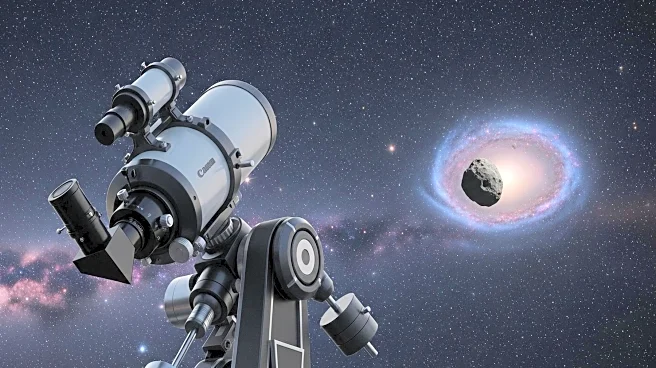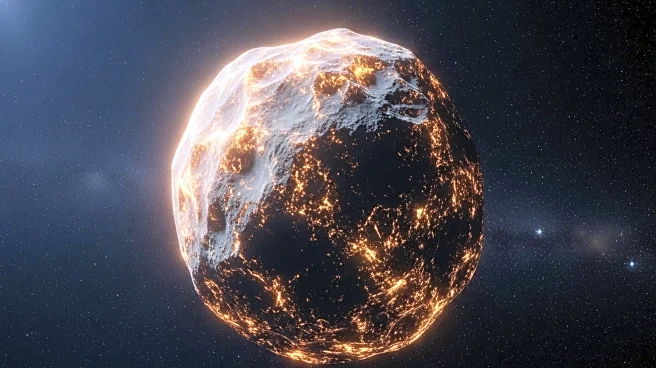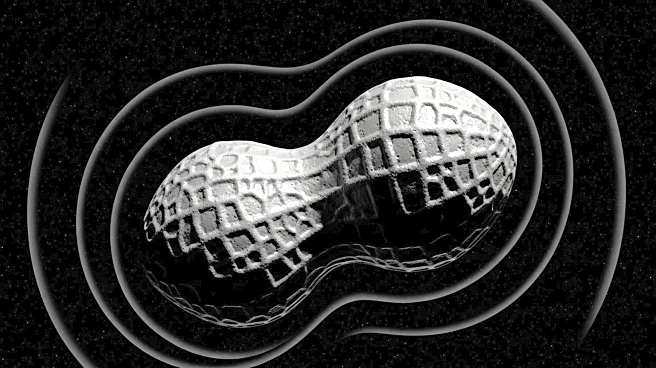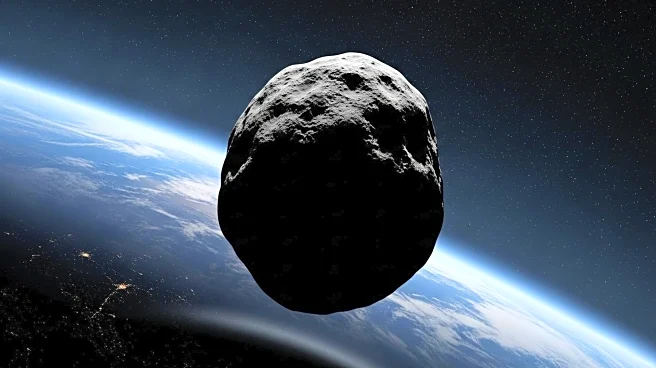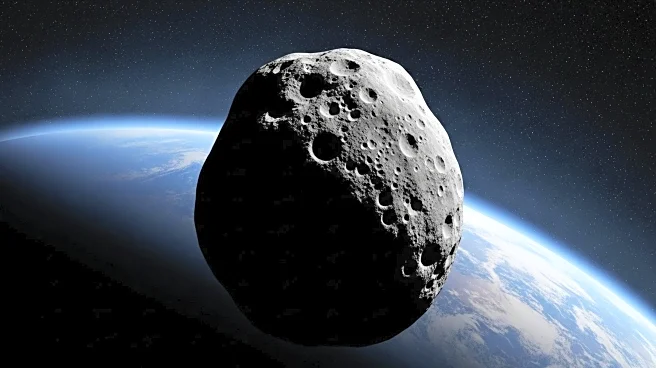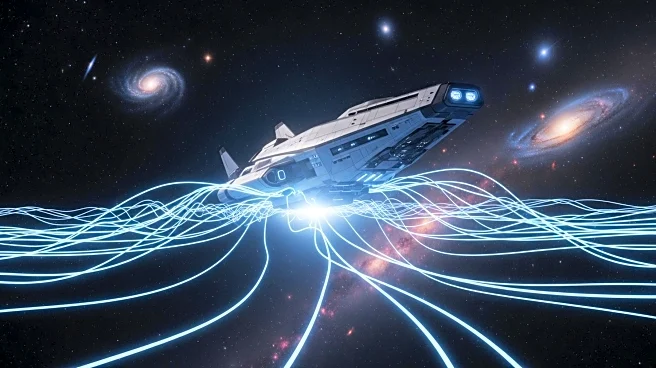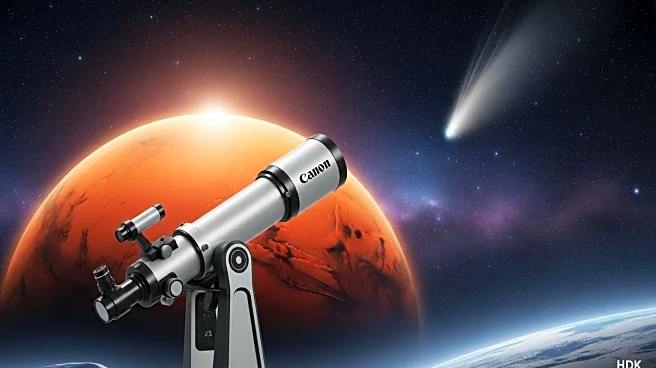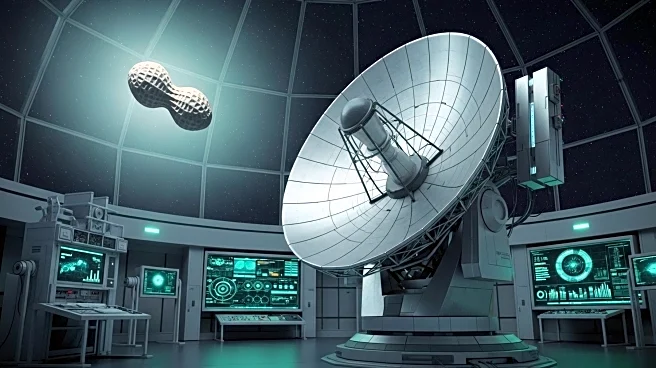What's Happening?
An asteroid named 2025 QD8, approximately the size of a commercial airplane, is set to pass close to Earth on Wednesday, September 3. The asteroid will come within 136,000 miles of Earth, which is about 57% of the average distance between Earth and the Moon. Despite its proximity, there is no risk of impact. The Virtual Telescope Project 2.0 will host a livestream of the event, allowing scientists and the public to observe the asteroid's flyby. This event provides a rare opportunity to study a near-Earth object at close range, enhancing our understanding of such celestial bodies.
Why It's Important?
The monitoring of near-Earth asteroids like 2025 QD8 is crucial for planetary defense. NASA has catalogued nearly 40,000 such asteroids since 1980, which helps in identifying potential threats to Earth. Although 2025 QD8 poses no risk, studying its trajectory and physical properties can improve asteroid detection capabilities. This research contributes to understanding the formation of the Solar System and aids in preparing for future potential hazards. The event underscores the importance of continued observation and analysis of near-Earth objects.
What's Next?
2025 QD8 will make several more close approaches over the next century, with Wednesday's event being the closest recorded. The next significant approach will occur in 2038. Continued monitoring by organizations like NASA and the European Space Agency will ensure that any potential threats are identified early. The data collected from this flyby will be used to refine models predicting asteroid paths and impacts, contributing to global efforts in planetary defense.
Beyond the Headlines
Studying asteroids like 2025 QD8 offers insights into the early Solar System, as these objects are remnants from its formation. Understanding their composition and behavior can inform theories about the development of planets and other celestial bodies. Additionally, advancements in asteroid detection and tracking technologies can have broader applications in space exploration and research.
